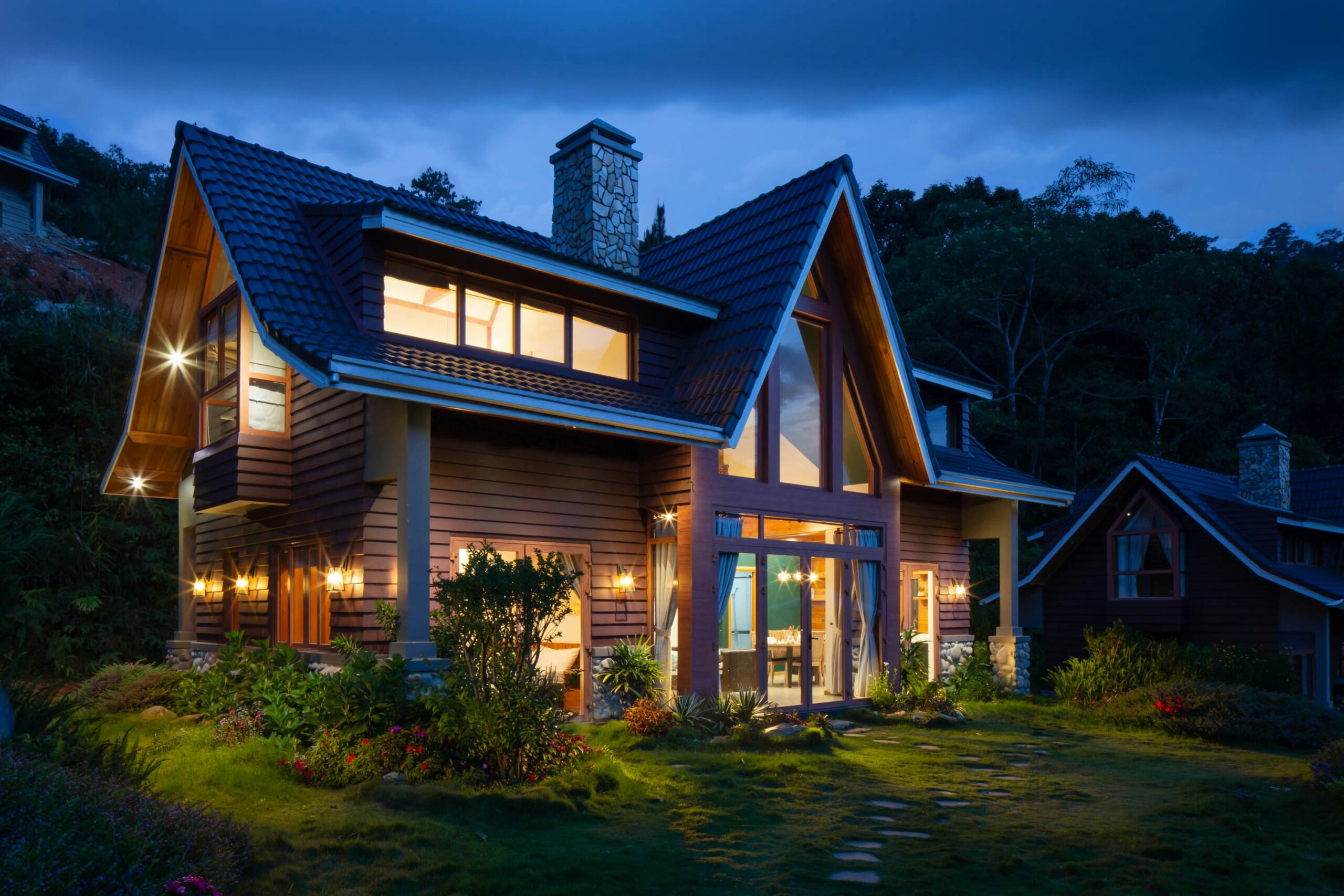Sustainable homes are required. When I first stepped into a sustainable home, it was a relatively small house on the outskirts of town, buzzing with solar panels and rainwater catchment tanks absorbing the morning drizzle. The second I walked inside, I felt like I had entered a new world where every element inside shouted this is how we should live for our planet, and ever since, I’ve questioned.
Is it truly possible to live in a way that a home gives back to the planet and still feels like a home? (Yes.) In 2025, it is not just an option for all, but a necessity, as climate change nears and resources are limited for all people. Living in a sustainable home does not mean living in a box; it means living stylish and educated with the bonus of going green. Come with me on a journey through my sustainable dream home with ten aspects that make it come true.
Why Sustainable Homes Matter Now
Buildings are responsible for 39% of the world’s CO2 emissions, and conventional homes use a lot of energy. Sustainable homes, on the other hand, reduce waste, emissions, and expenses. They are for everyone who wants a healthier planet and a more intelligent way of living, not just eco-warriors. Let’s see how they compare to the established elite.
Traditional Homes vs. Sustainable Homes: A Comparison
Conventional homes rely on antiquated systems—think fossil fuels, excessive water use, and materials that do more harm than good. However, sustainable homes are constructed with the future in mind. Here is a brief overview of the distinctions:
| Feature | Traditional Homes | Sustainable Homes | Why It Matters |
|---|---|---|---|
| Energy Source | Fossil fuels | Solar, wind, geothermal | Cuts emissions by up to 80% |
| Materials | Concrete, virgin wood | Recycled, reclaimed, bamboo | Reduces deforestation and waste |
| Water Use | High-flow fixtures | Low-flow, rainwater systems | Saves 50%+ on water bills |
| Waste Management | Landfill-bound | Composting, recycling | Diverts 75% of waste from landfills |
Making the move to a sustainable home is not only admirable, but also sensible. After installing solar panels, my energy bill decreased by 30%, and that’s only the beginning. Want to know the specifics? These ten characteristics are what really set these houses apart.
10 Essential Features for Sustainable Homes
1. Solar Panels: My Bright Idea
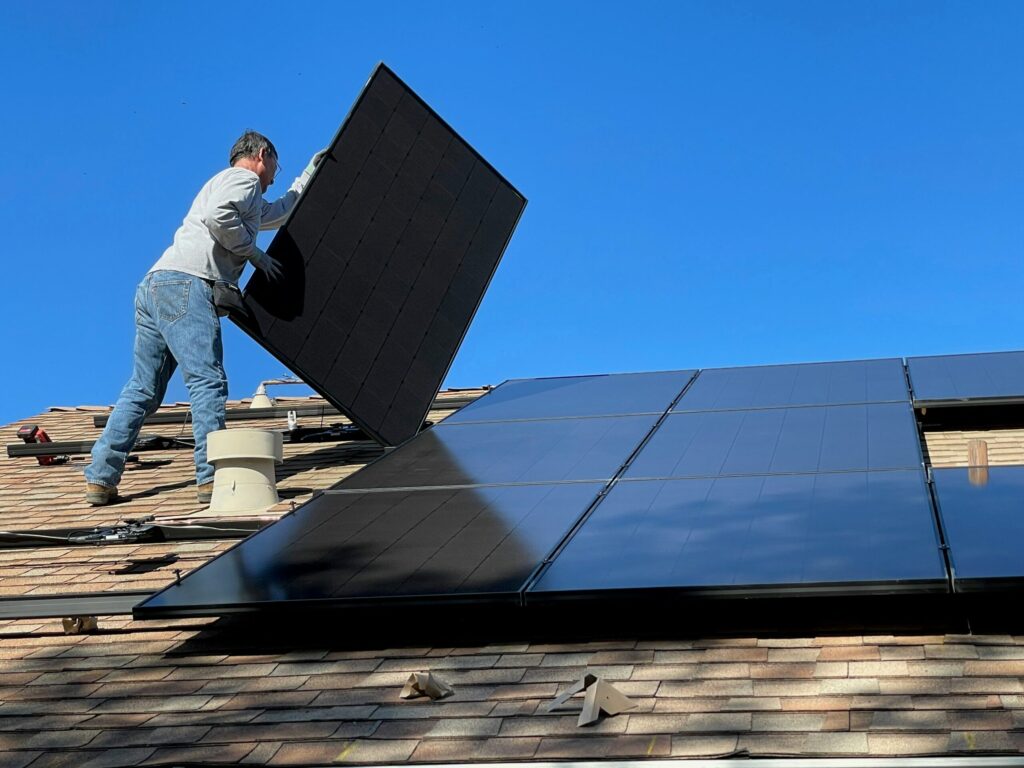
The main feature of sustainable homes is solar panels. My rooftop array now powers everything from my fridge to my EV charger, so they’re no longer only for off-grid cabins. I even sell extra energy back to the grid using net metering.
- Why It Works: Solar cuts your carbon footprint and your bills. My setup paid for itself in five years.
- Pro Tip: Pair with a battery system for nighttime power—see our environmentally friendly technology guide.
2. Rainwater Harvesting: A Drop of Genius

Sustainable homes understand the value of water. Rainwater tanks gather runoff for a variety of uses, such as garden watering and toilet flushing. Half of my water needs—free, fresh, and off-grid—are met by my 1,000-gallon tank.
- Science Bit: Rainwater’s softer than tap water, meaning happier plants and fewer limescale headaches.
- Bonus: It’s a lifesaver during droughts. Learn more in our rain gardens guide.
3. Energy-Efficient Windows: Seal the Deal
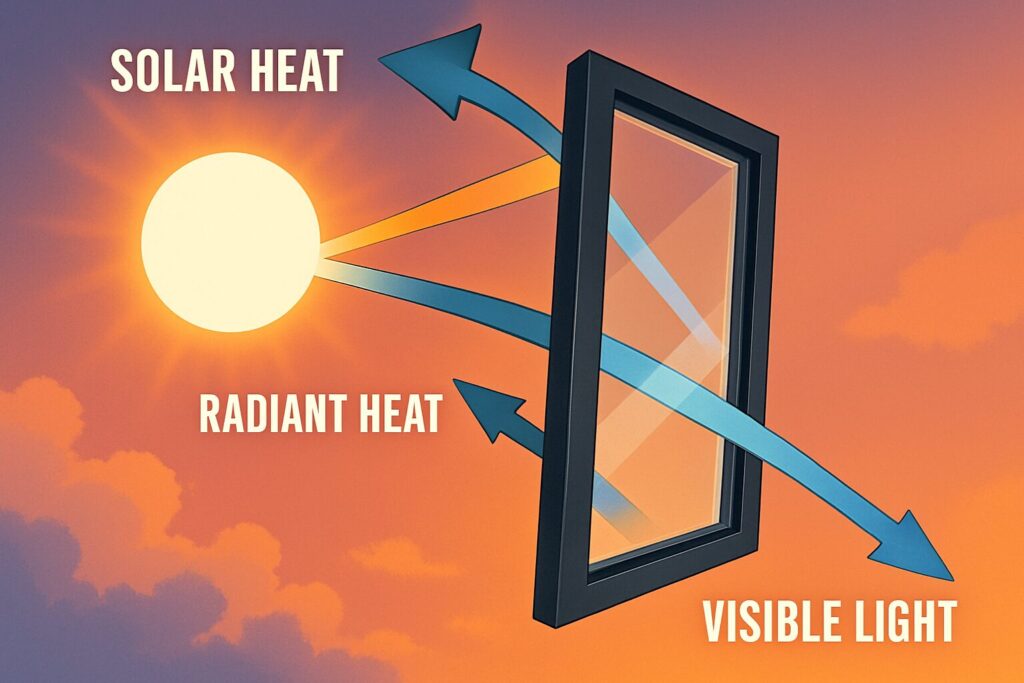
Unless they are intelligent, Windows can be energy-hungry. Low-E, double-glazed windows block out summer heat and retain it in winter. I don’t need to turn on the thermostat to keep my house warm.
- Why It Works: They block UV rays, too, protecting furniture from fading.
- My Pick: Argon-filled panes for extra insulation.
4. Green Roofs: Living High
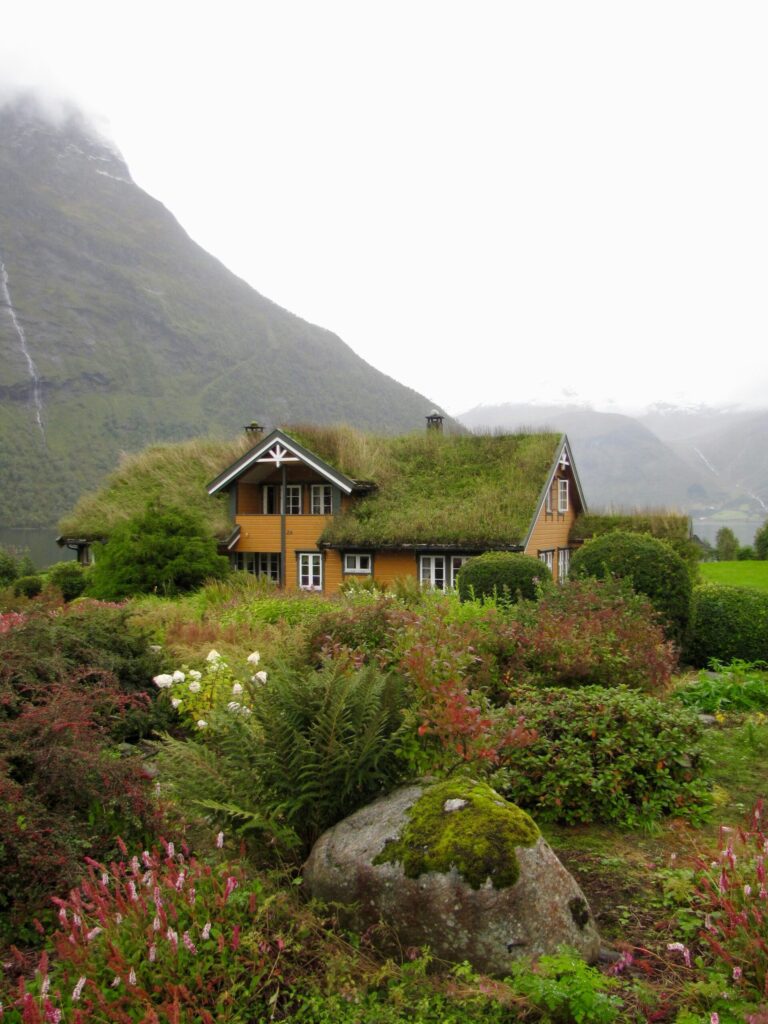
Green roofs are useful in addition to being aesthetically pleasing. Rainwater is filtered, cooled, and insulated by a layer of vegetation. My rooftop garden transformed my roof into a miniature ecosystem and reduced cooling expenses by 20%.
- Cool Fact: Green roofs can last twice as long as traditional ones.
- DIY Twist: Start small with a green garden guide.
5. Recycled Materials: Old Made New
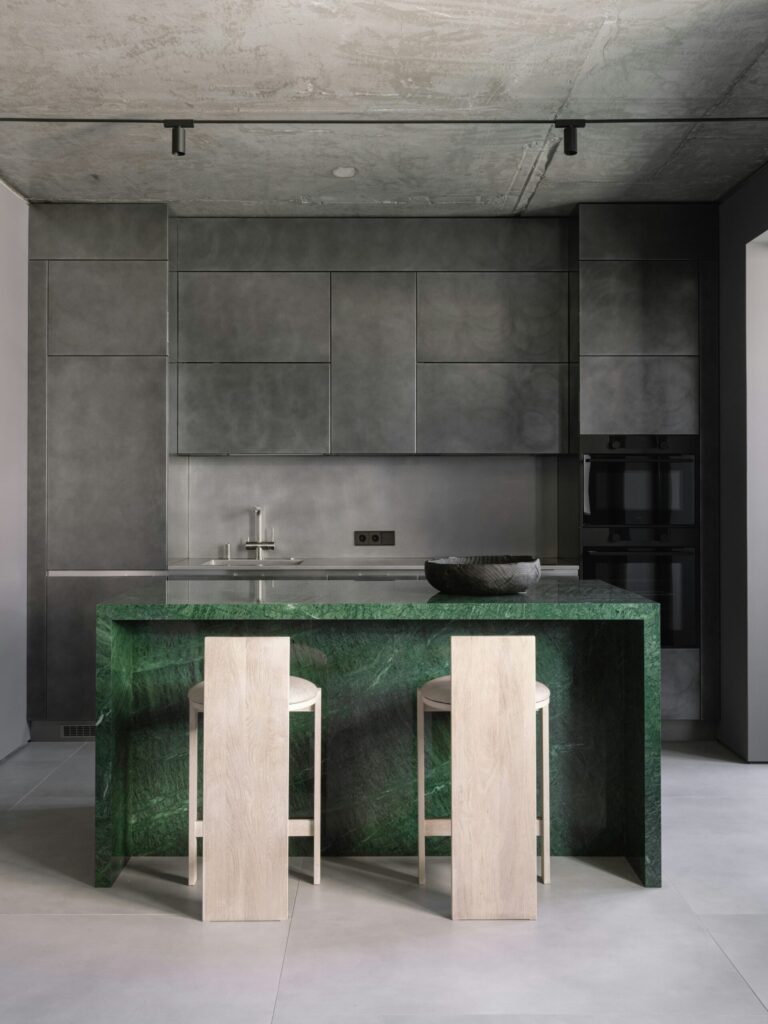
Sustainable homes use better, not just less. Waste is reduced and character is added with recycled steel, reclaimed wood, and even denim insulation—yes, really. Counters in my kitchen? Beautiful, green recycled glass.
- Why It Matters: Building with virgin materials fuels deforestation and mining.
- Resource: Dive into sustainable house materials.
6. Smart Thermostats: Set It and Forget It
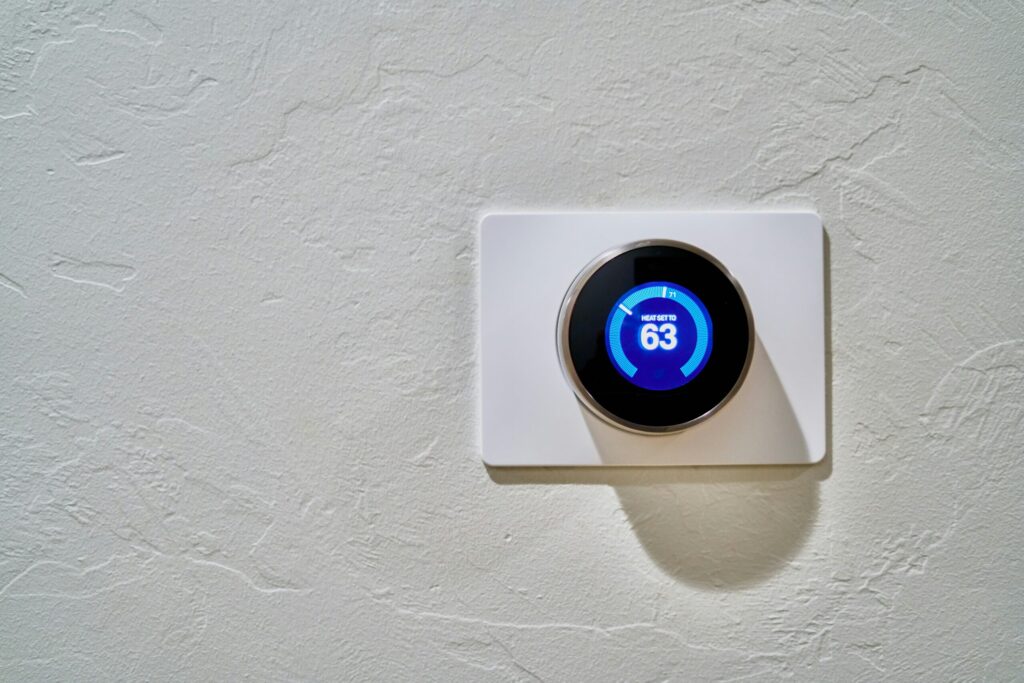
Your habits are learnt by smart thermostats, and they adapt accordingly. My heating bill has decreased by 15% thanks to mine, and I can adjust it from my phone, which is ideal for days when I forget things.
- Why It Works: It optimizes energy use, cutting waste without lifting a finger.
- Pro Tip: Pair with zoned heating for max efficiency.
7. Composting Toilets: Waste Not

They do exist, and they’re very intelligent. By converting waste into fertiliser, composting toilets save water and complete the cycle. The configuration of my off-grid cabin is surprisingly modern and odourless.
- Why It Works: No plumbing, no water, no problem.
- Curious?: Check out our zero-waste guide.
8. Greywater Systems: Double Duty

For irrigation, greywater used water from showers and sinks can be recycled. By using 40% less freshwater, my system irrigates my garden.
- Why It Works: It’s a win for water bills and the planet.
- DIY Option: Start with a simple bucket system.
9. Natural Ventilation: Breathe Easy

Natural cooling is a key component of sustainable homes. Without air conditioning, air is kept flowing through cross-ventilation, ceiling fans, and thoughtful shading. Even on hot days, the design of my house allows breezes to flow through.
- Why It Works: Cuts energy use and feels fresher.
- Design Tip: Position windows opposite each other for max airflow.
10. Edible Gardens: Grow Your Own

When you can grow, why buy? Lawns can become food sources with edible gardens. Herbs, kale, and tomatoes grow in my backyard, which is just a short distance from my kitchen.
- Why It Works: Fresh, organic, and zero food miles.
- Get Started: Our organic gardening guide has you covered.
Cost Savings: Sustainable Homes Pay Off
Here’s a quick look at how these features save money over time:
| Feature | Upfront Cost | Annual Savings | Payback Period |
|---|---|---|---|
| Solar Panels | $10,000 | $1,200 | 8 years |
| Rainwater Harvesting | $2,000 | $300 | 7 years |
| Energy-Efficient Windows | $5,000 | $400 | 12 years |
| Green Roof | $15,000 | $600 | 25 years |
These numbers vary, but the trend is clear: sustainable homes are investments that pay back—in cash and conscience.
Conclusion: Sustainable Homes, Sustainable Dreams
Creating a sustainable home is about creating a future, not just a house with solar panels and bricks. Curiosity and a single visit began my journey, which has since evolved into a way of life. We have the means, the will, and the ingenuity to make it happen in 2025. What do you do first? Explore our eco-home guide or leave a comment. Together, let’s dream green.
FAQ: Your Sustainable Homes Questions Answered
How much do sustainable homes cost?
Upfront costs can be 10-20% higher, but savings on energy and water make them cheaper long-term.
Can I retrofit my current home?
Yes! Start with solar panels, efficient windows, or a rainwater system. See our transform your space guide.
Are sustainable homes hard to maintain?
Nope—they’re designed to be low-maintenance, with durable materials and smart systems.
What’s the biggest impact?
Energy efficiency. Solar and insulation can cut your carbon footprint by half.
For more, check out lush sustainability or sustainable agriculture. Let’s build a greener tomorrow, one home at a time.

